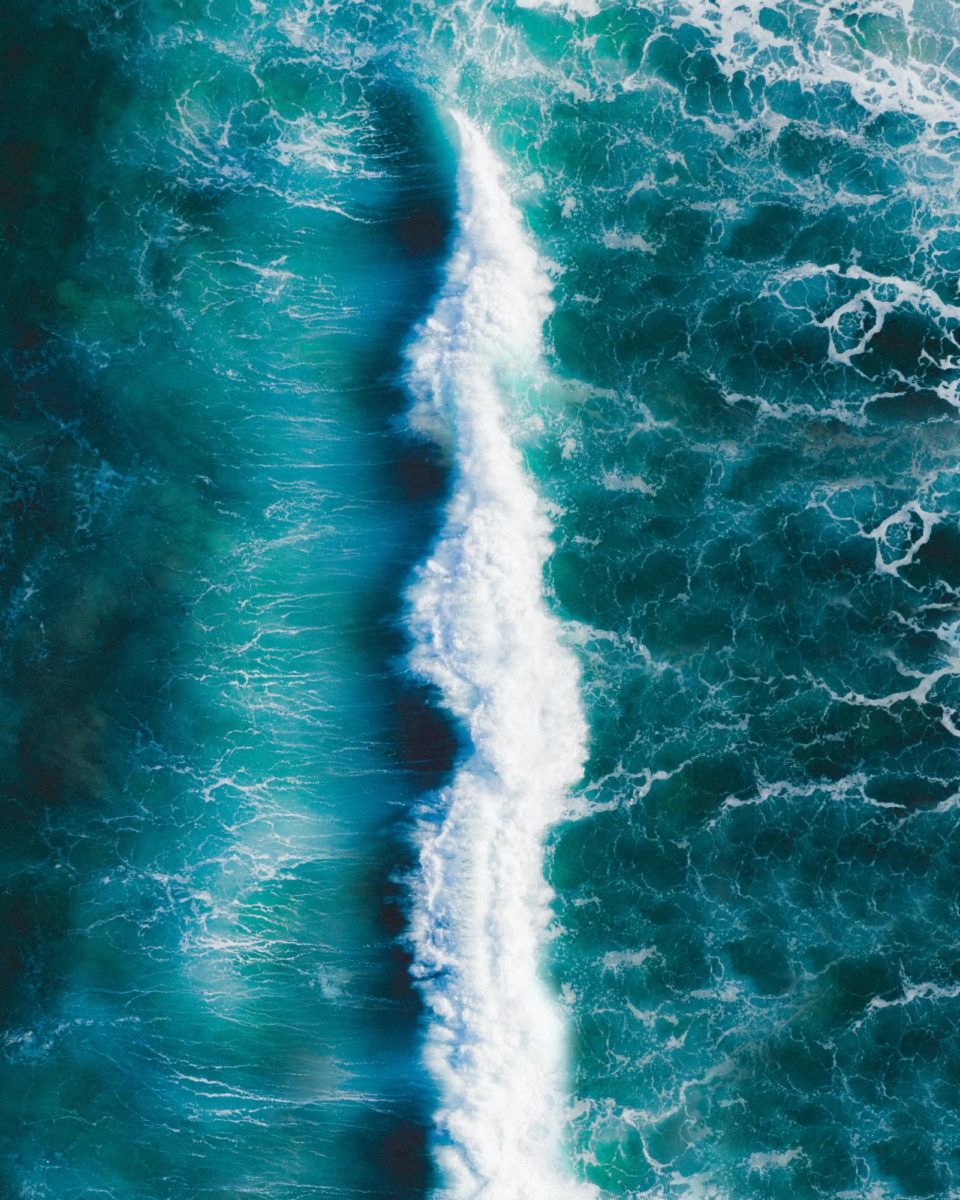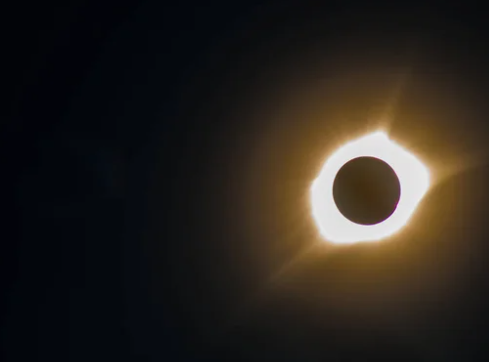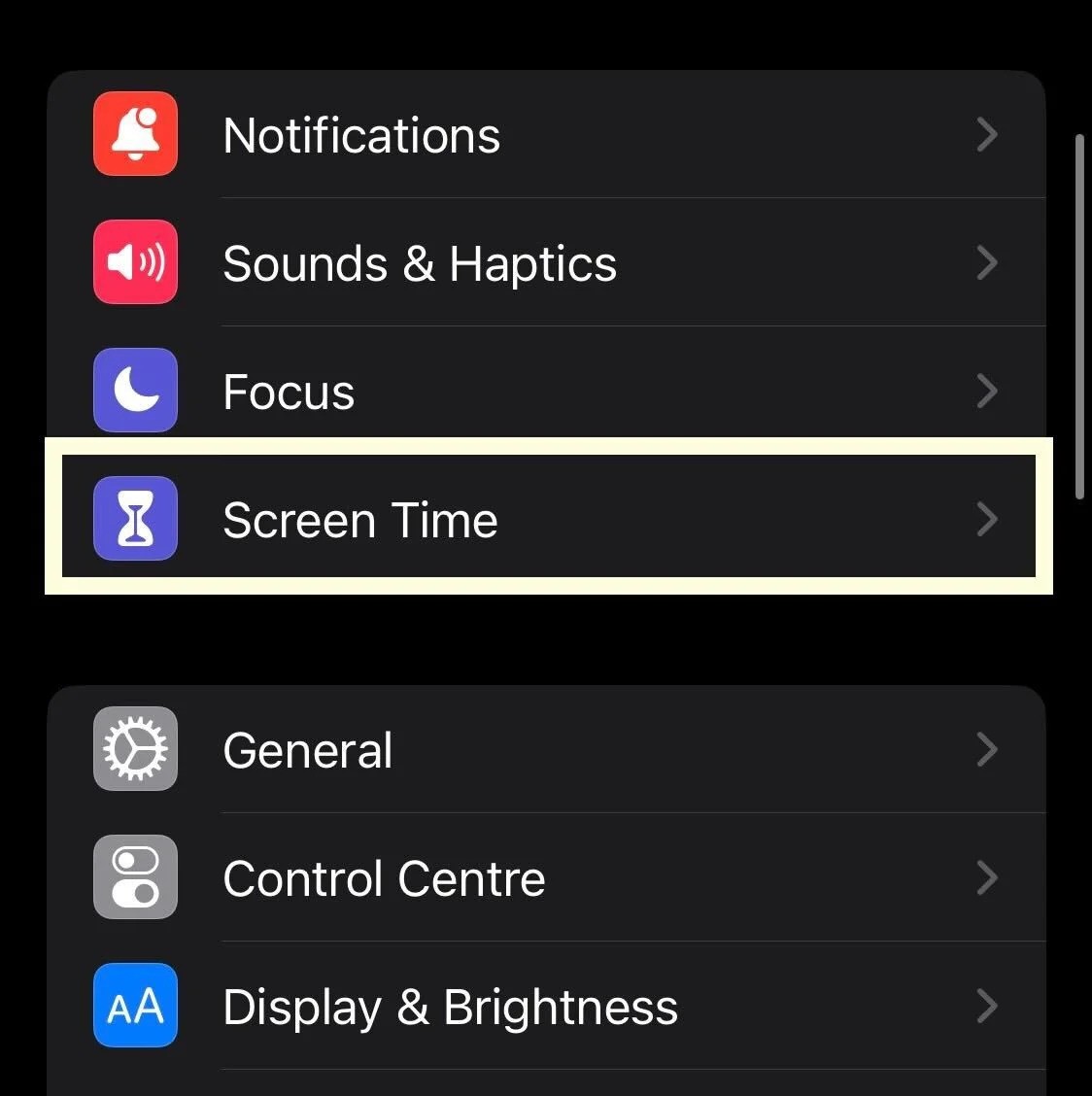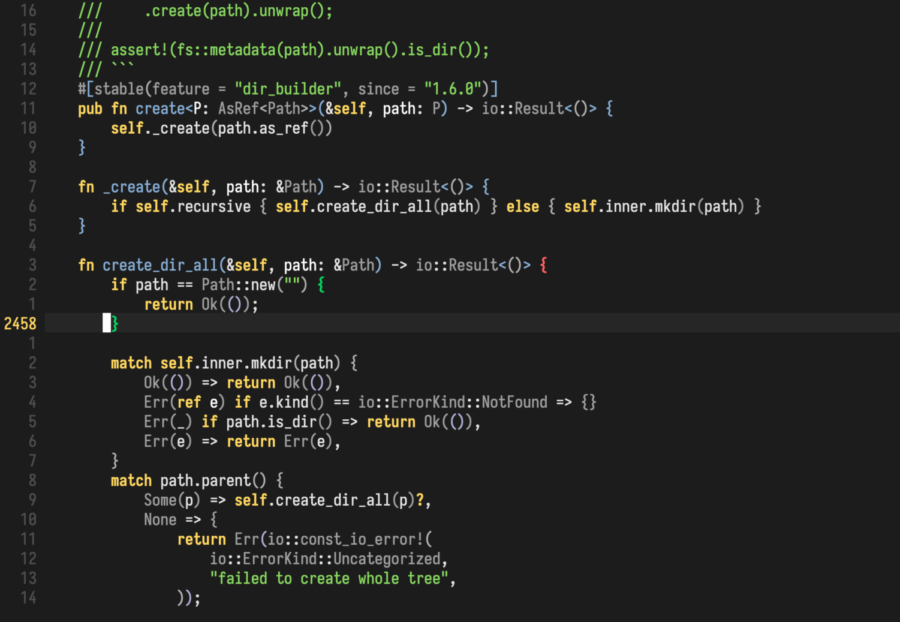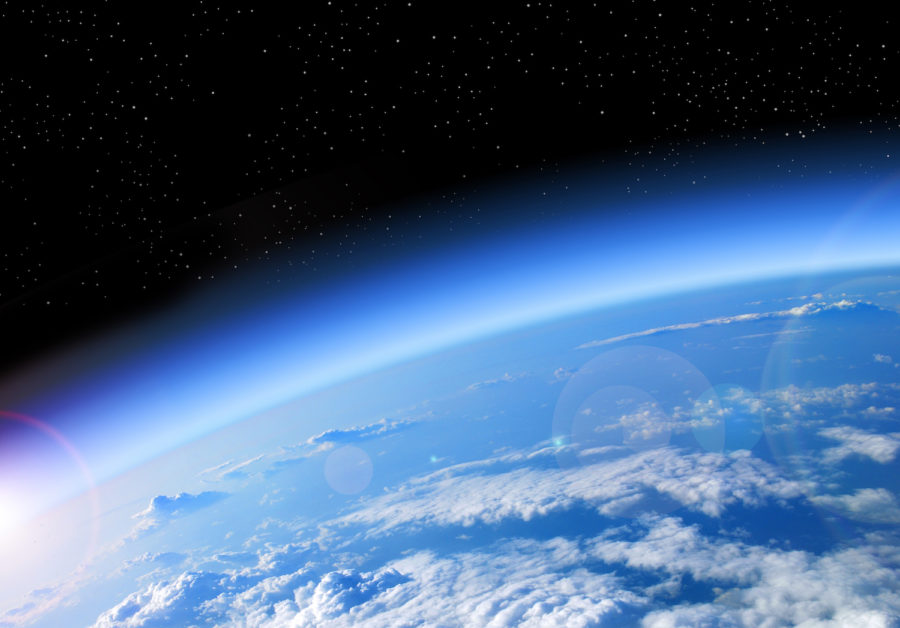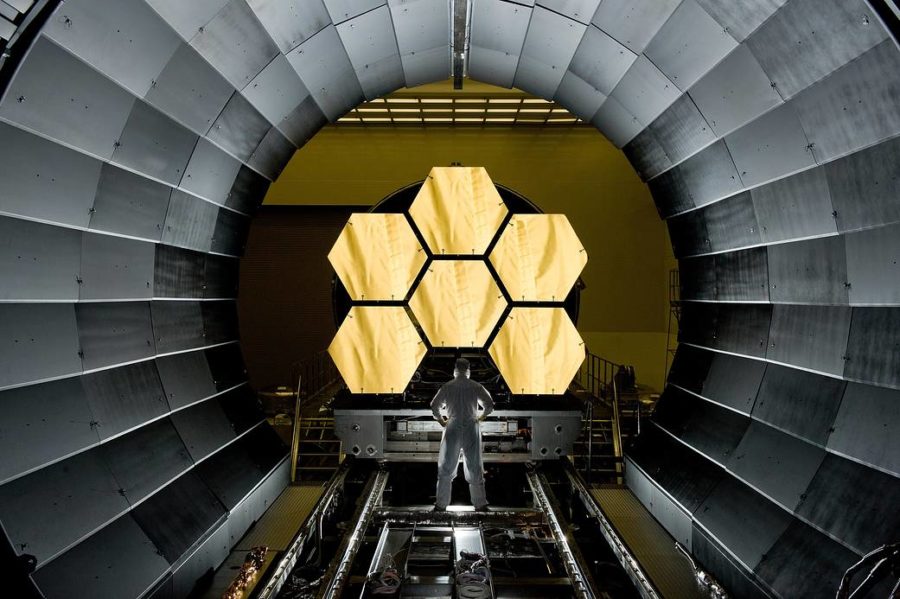In the ongoing effort to phase out environmentally taxing fossil fuels from energy consumption, scientists have pursued many different sources of natural energy. Solar panels have been a commercially available means of generating electricity from sunlight since the 1950s, and grow cheaper every year. Fields of wind turbines stand across grasslands and oceans, transforming wind energy into electrical power. Nuclear power plants harness the unbridled power of the atomic realm through nuclear fission.
But it hasn’t been enough to combat fossil fuel consumption, still making up roughly 80% of global energy usage in 2022. If we are meant to reduce rising global temperatures and CO2 production by 2030 as outlined by environment treaties like the Paris Agreement, then either drastic measures need to be taken, or a new solution needs to be explored.
However, a new means of generating clean energy has entered the conversation: wave energy. Wave energy taps into the kinetic motion of rolling waves to create electricity. It behaves mechanically similar to wind energy, only waves are 100 times denser than wind or sunlight, containing ten times the power density of solar energy and five times the power of wind.
The primary issue with solar and wind energy is that they are unreliable. Winds fluctuate frequently, and sunlight is only available for 12 hours of the day. Waves provide a steady, consistent source of energy, balancing out the clean energy production profile. Wave energy could serve to power small island communities. Additionally, waves are very versatile, providing power to desalination plants, irrigation systems, maritime ships, and transports.
For all the potential benefits of wave energy, there are many questions and challenges necessary to overcome. The ocean is not a forgiving place. Engineers face the difficult task of designing a wave energy converter strong enough to withstand crashing waves, violent storms, rusting and damage of hardware, biofouling (damage to the structure or function of a device caused by the accumulation of microorganisms and algae) in order to operate perfectly under these conditions for years.
While converters don’t leave a carbon footprint, it’s important to evaluate the impact converters will have on seafloor ecosystems, marine industries and boat navigation, and explore any other facets of maritime life that may be disrupted by wave farms. Increased ocean noise created by wave converters could potentially disorient sea life, resulting in confused animals beaching themselves. Additionally, sound travels far underwater, and growing levels of noise pollution could impact the ability of whales, dolphins, and porpoises to communicate, mate,
Already multiple designs for a wave energy converter exist, varying in size, complexity, method and efficiency. Despite the strides in technology, scientists estimate that wave energy is still three decades behind other forms of renewable energy. Wave power stations exist all over the world, and private companies are racing to capitalize on this unexplored source of clean energy and become the face of this growing industry. But as research continues, and new technologies begin to catch up to their solar and wind counterparts moving us closer to realizing a more eco-friendly future.



